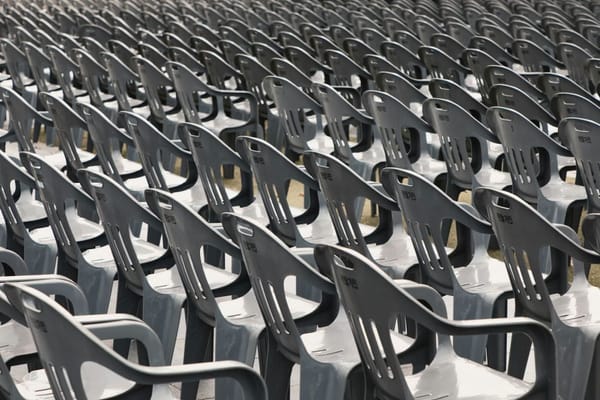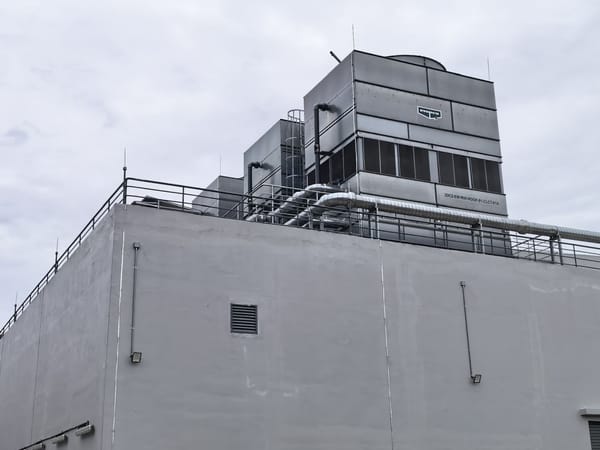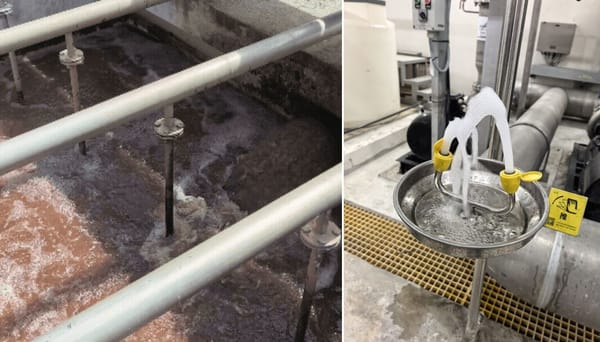The water-hungry reality of modern data centres
Breaking down the three main sources of data centre water consumption.
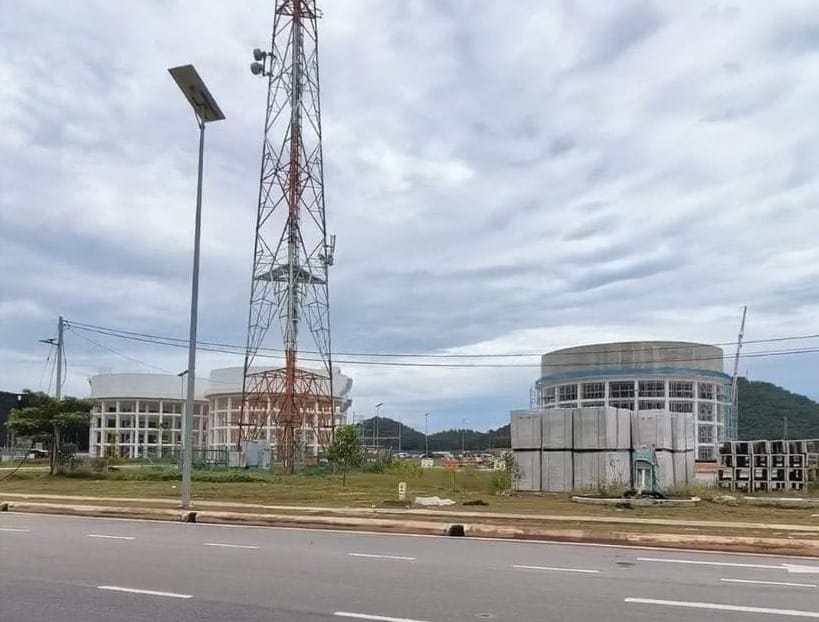
We've all heard that data centres consume enormous amounts of water. But few people outside the industry understand why. Let's take a closer look.
Headlines regularly highlight how much water data centres consume, and the issue is becoming increasingly pressing. Johor data centres are now starting to treat wastewater themselves to reduce potable water use. Understanding where all this water goes is crucial for grasping the sustainability challenges facing the industry.
Here are the three main ways data centres consume water.
Evaporative loss from cooling systems
Data centres consume water primarily for cooling. This water circulates continuously to maintain stable and safe operating temperatures for IT systems.
A vast network of pipes routes water through cooling towers, chillers, pumps, heat exchangers, and computer room air handlers. Round and round the water goes, chilled by cooling towers and chillers, then heated up by heat exchangers and air handlers used to cool the air in data halls.
In hot, tropical regions such as Southeast Asia, evaporative cooling is often used to effectively lower the temperature of this water. This relies on the principle of absorbing heat as water turns into vapour. Water is sprayed over a material to facilitate evaporation, often supported by powerful fans to hasten the process.
As water evaporates, "makeup water" must be added to maintain the required level. There are non-evaporative or "dry" systems available, though these typically require more energy to achieve the same cooling effect.
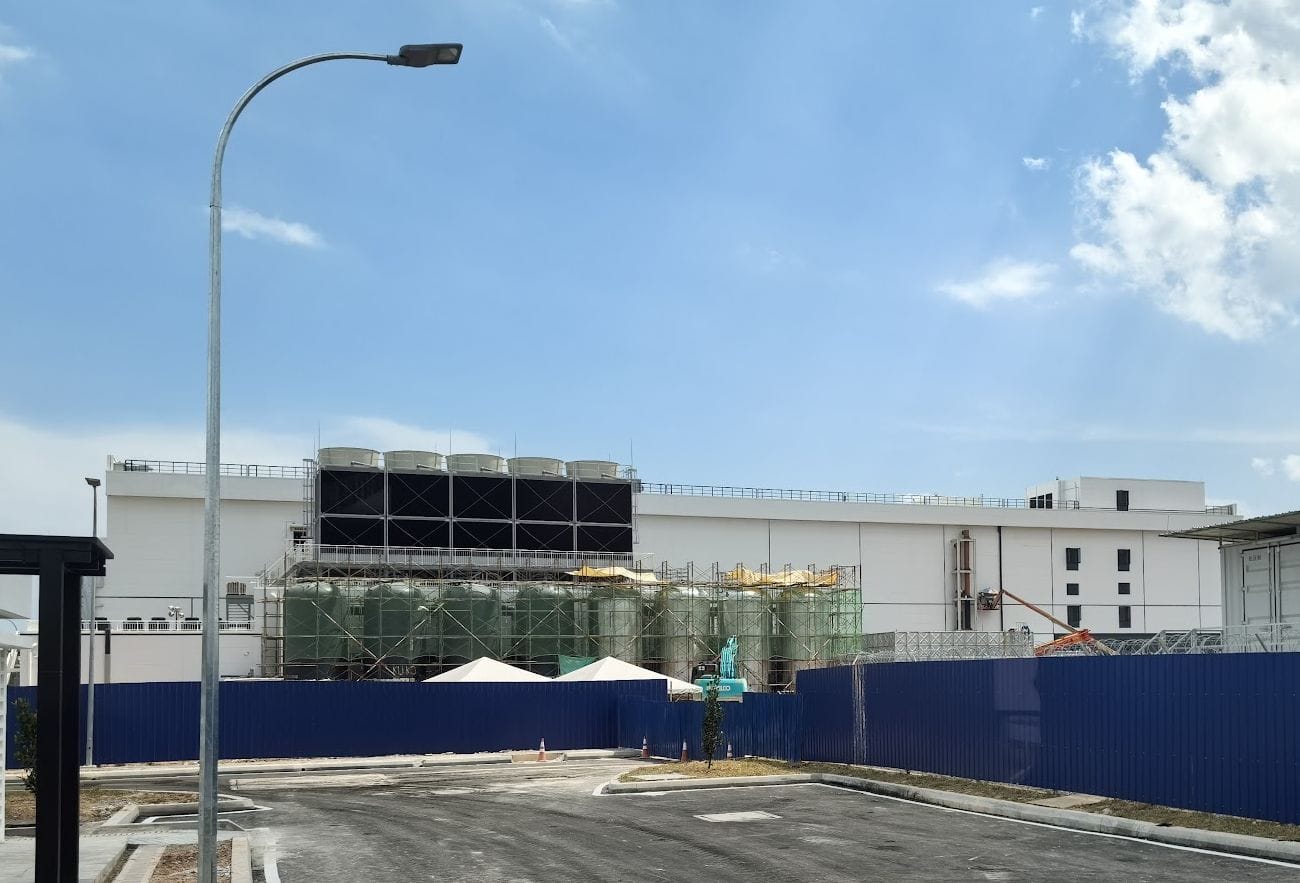
Blowdown water replacement
As water circulates through the cooling system, it accumulates dissolved solids like minerals, salts, and other impurities. To prevent scaling, corrosion, and biofouling, this contaminated "blowdown" water must be discharged periodically and replaced with fresh makeup water.
It's worth noting that liquid cooling systems, despite its name, don't consume much water. These use water treated with chemicals inside closed secondary loops, and the same water can circulate for years without replacement.
Of course, this assumes no accidents occur that cause the systems to leak or fail.
Indirect water consumption through power generation
Finally, data centres have an embedded water footprint, primarily through power generation at fossil fuel plants, which requires substantial amounts of water for turbine cooling. This indirect consumption often goes unnoticed in sustainability calculations but represents a significant portion of a data centre's total water impact.
New technologies do enable innovative ways to reduce water consumption, though only for operators willing to approach cooling differently. Unfortunately, many stick with conventional approaches despite more efficient alternatives being available.
The water consumption challenge facing data centres isn't going away. As demand for digital services grows and climate change intensifies, finding sustainable cooling solutions becomes increasingly critical for the industry's long-term viability.

